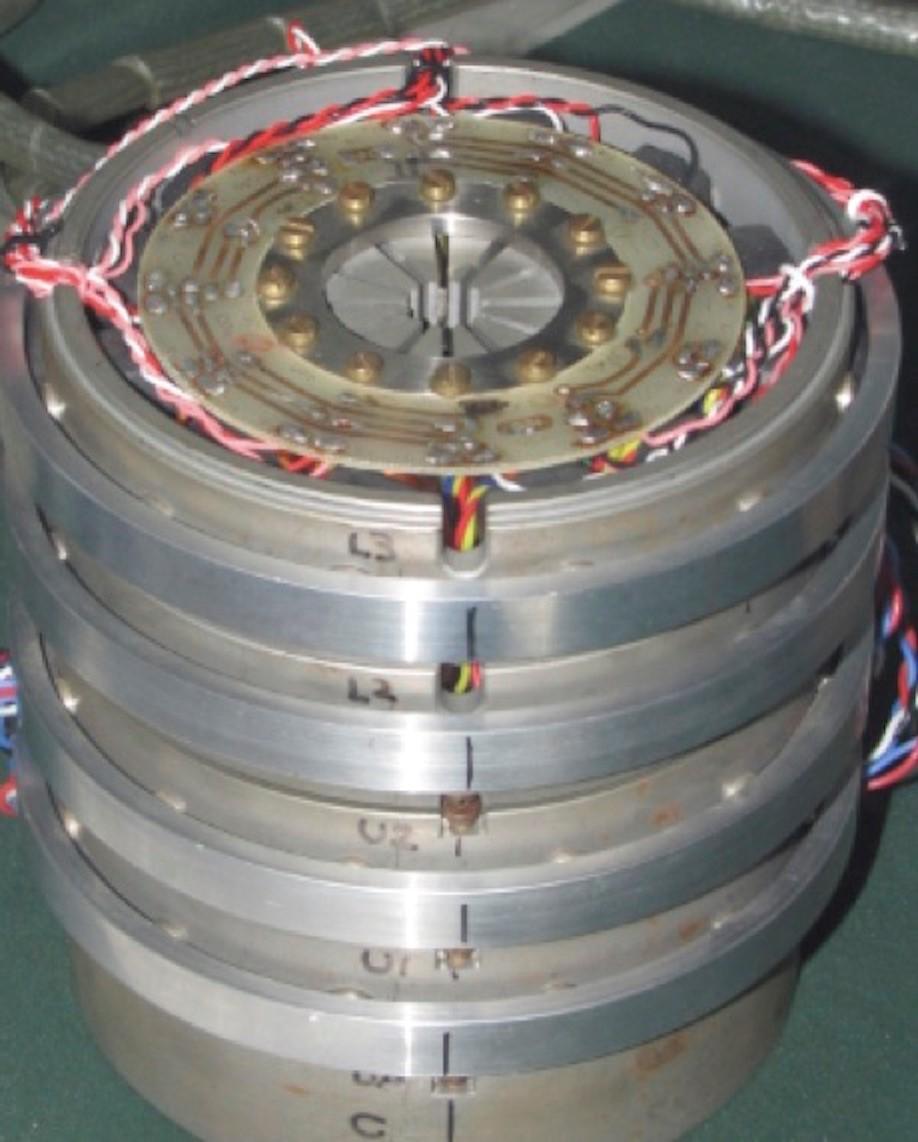
Submitted by Administrator on Mon, 01/06/2020 - 10:52
Prof. Ondrej Krivanek has received the Kavli Prize for Nanoscience, along with German researchers Harald Rose, Max Haider, and Knut Urban, for his work on “sub-ångström resolution imaging and chemical analysis using electron beams”.
Since completing his Ph.D. in the Cavendish Laboratory under Prof. Archie Howie in 1975, Krivanek has been at the forefront of pioneering advances that have endowed electron microscopy with the ability to image and analyse matter atom-by-atom. His early work improved an existing electron microscope and used it to image directly, for the first time, the atomic structure of defects in semiconductors. He next designed several instruments for electron energy loss spectrometry (EELS). These are now used by hundreds of researchers world-wide. He also co-authored an EELS atlas, which is a standard reference source for spectra. His development of the electron optical systems for the spectrometers enabled him to see how to correct the aberrations inevitably suffered by traditional round electron lenses.
In 1994, Krivanek, Prof. Mick Brown and Dr. Andrew Bleloch were successful in winning funding from the Paul Instrument Fund of the Royal Society to support the building of an aberration corrector at the Cavendish. Niklas Dellby joined the project and by 1997 they built a practical aberration corrector, thereby reaching a goal that had remained elusive for some fifty years. Attempts in the 1960s at the Cavendish to produce a corrector by Deltrap and others were bedevilled by problems of tuning using analogue controls and imaging. An essential ingredient of the Krivanek/Dellby corrector for a scanning transmission electron microscope (STEM) is the use of computer control and analysis that quantifies parasitic aberrations arising in complex electron-optical systems and nulls them one by one. Their novel microscopes, manufactured by Nion, the company they founded in 1997 near Seattle, are now able to map chemical elements in solid samples with atomic resolution and single atom sensitivity. Such is the resolution in both space and energy that one can observe and analyse both chemical bonding and vibrational modes of individual atoms. UK’s national centre for scanning transmission electron microscopy, SuperSTEM at the Daresbury Laboratory, provides access to these types of facilities for research ranging from monolayer structures such as graphene to semiconductor interfaces and molecular dynamics. Krivanek’s original corrector is on display in the Cavendish Collection of Scientific Instruments (see Figure).
We are delighted that Prof. Krivanek is a joint recipient of the Prestigious 2020 Kavli Prize.
